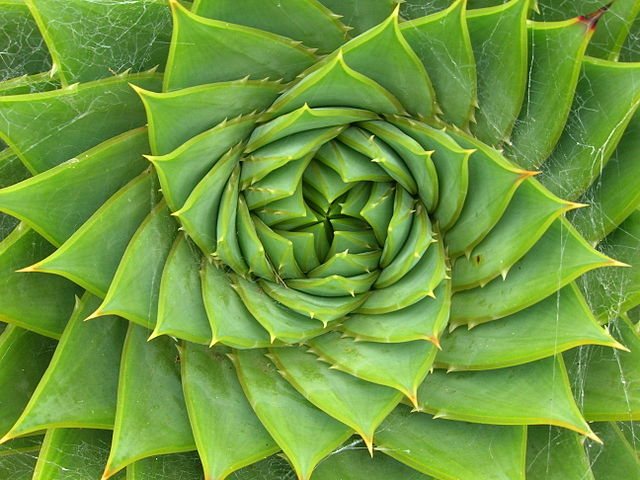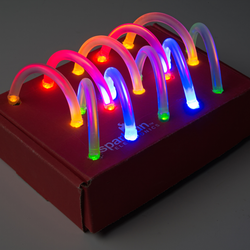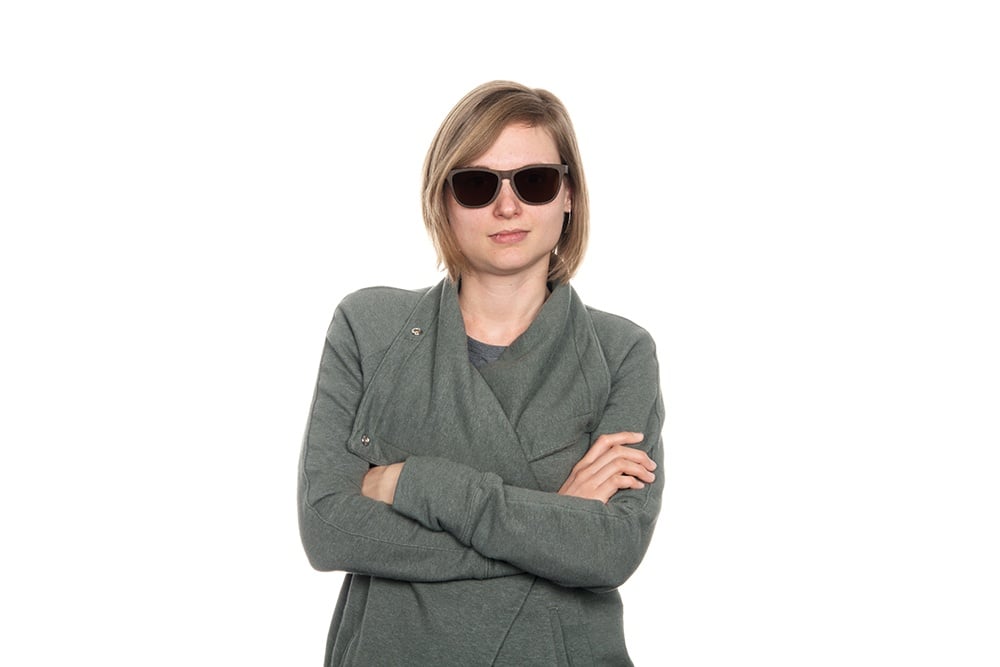I’ve been thinking a lot about the intersection of art and science. From amazing, up-close images of the stars in the galaxy to beautiful displays of the Fibonacci Sequence and Fractals in everything from flowers to seashells to dragonfly wings, both science and art surround us everywhere we look.
 photo credit: J Brew
photo credit: J Brew
In his book "The Innovators: How a Group of Hackers, Geniuses, and Geeks Created the Digital Revolution," Walter Isaacson states, “The truest creativity of the digital age came from those who were able to connect the arts and sciences.” He then goes on to provide examples such as Leonardo da Vinci — who was a master artist, mathematician and inventor — and Albert Einstein, who played the violin whenever he found himself in a mental rut.
Though many people may not have known that Einstein played the violin, his story highlights why art and science should not be considered completely separate disciplines, but rather areas of study that can inspire each other.
As this article from Scientific American puts it, “the similarities between how artists and scientists work far outweigh their stereotypical differences. Both are dedicated to asking the big questions placed before us: “What is true? Why does it matter? How can we move society forward?” Both search deeply, and often wanderingly, for these answers. We know that the scientist’s laboratory and the artist’s studio are two of the last places reserved for open-ended inquiry, for failure to be a welcome part of the process, for learning to occur by a continuous feedback loop between thinking and doing.”
The recent movement to change from a focus on STEM (science, technology, engineering and math) to STEAM (science, technology, engineering, ART and math) shows that many educators also see the value in combining art and science. This idea opens up the door for scientific exploration in any class, as well as for adding art to any class.

One of our favorite projects to demonstrate to educators is this light sculpture. This project appeals to the artistically inclined by challenging them to create a pretty sculpture, as well as to science and math lovers by challenging them to create a mathematical pattern that dictates when the lights turn on.
What’s your favorite way to move a project from STEM to STEAM?



STEAM